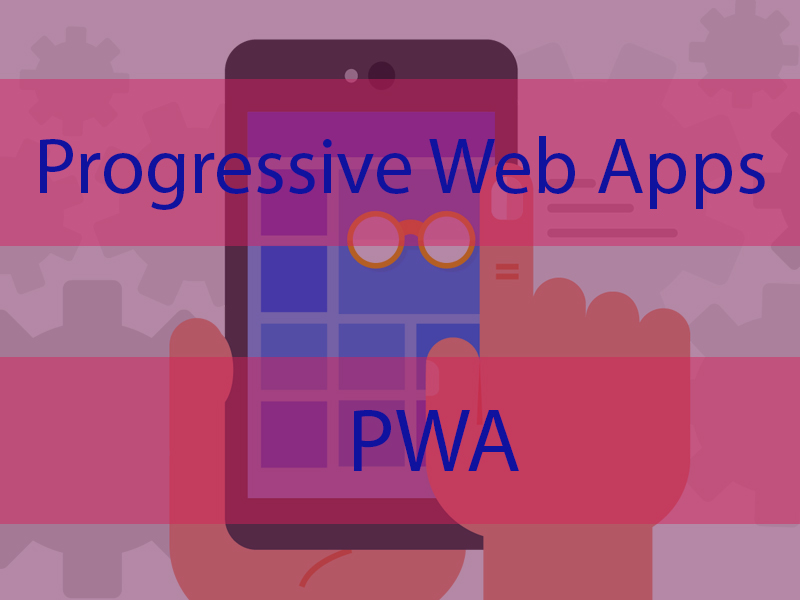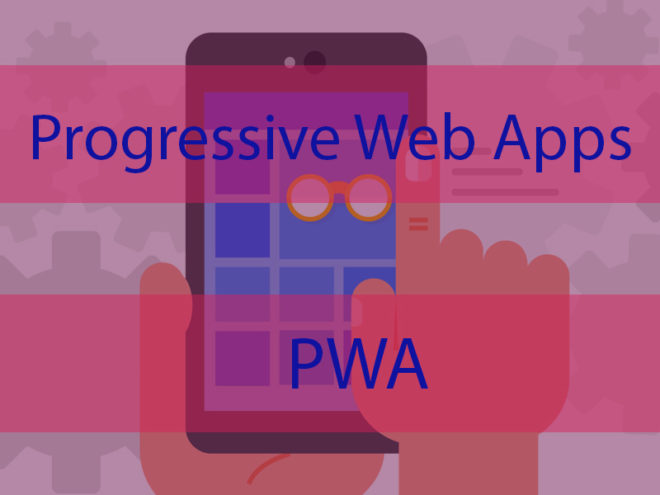Progressive Web Apps (PWA)
Progressive Web Apps (PWA) – By now, you’ve most likely heard that Progressive Web Apps are the future of all humanity. They’ll bring world peace, end appetite, conserve the rainbows and unicorns, bring balance to the force, and a lot more. While doing so, they may even push the mobile web forward, bring parity to web and native apps, and assist mobile designers reach more users beyond the confines of the app shops.
That all noises fantastic … but what are Progressive Web Apps, precisely?
Native app store apps do things like send out push alerts, work offline, feel and look like an app (as Apple and Google have actually pictured them), load on the homescreen, and so on and so forth. Mobile Web Apps accessed in a mobile browser, by comparison, historically have not done those things. Progressive Web Apps fix that with new Web APIs, new design principles, and brand-new buzzwords.
To be clear, I’m talking about internet browser mobile web apps. Hybrid apps, like Ionic with Cordova, run uninhibited in the native app environment, with all the features we anticipate of any native app. However pull out the web material from a hybrid app and load it in a mobile internet browser, and the app is thusly constrained by the functions of the browser (for a variety of excellent security and API standardization factors).
Progressive Web Apps bring functions we anticipate from native apps to the mobile browser experience in a manner that utilizes standards-based innovations and run in a secure container accessible to anybody online.
On the whole, Progressive Web Apps describe a collection of technologies, style ideas, and Web APIs that work in tandem to offer an app-like experience on the mobile web. Let’s walk through some of the core tenets of Progressive Web Apps.
Service Workers
Service Workers are an incredibly powerful, and equally as complicated, innovation behind a Progressive Web App. They power offline functionality, push notices, background content updating, content caching, and a whole lot more.
At a high level, a Service Worker is an employee script that works behind the scenes, independent of your app, and runs in action to occasions like network requests, push notices, connectivity modifications, and more.
I have actually heard Service Workers described as a “proxy,” which I think explains them perfectly. We can listen for events like fetch that happen whenever a network demand occurs. We can handle that occasion with complete control, looking for cached information and returning immediately, or enabling the request to continue to the remote server. Our script serves as a proxy, or middleware, for the demand.
The sheer power and versatility of Service Employees makes them extremely complicated, and usually, developers will wish to use pre-made “dishes” for common service employee use cases, such as offline mode. Mozilla has an excellent recommendation for service employee recipes that show the myriad applications with reusable code. For example, here’s the best ways to do a simple offline mode that intercepts fetch occasions and returns data from a cache if the network demand stops working. Google also has a slew of Service Employee Samples.
Main takeaway: Service Employees are simply a JavaScript file like any other, running in the background and triggered by means of events, and it’s up to you to compose code to manage caching, push notifications, material bring, etc. Given that developers wind up using the very same “recipes” to do common jobs (like offline support), we will probably want to use existing recipes to make our lives much easier. Service Employees are readily available on Android with Chrome 50 and not presently supported by other major mobile internet browsers.
App Shell
The App Shell model is a basic design concept whereby the initial load of a mobile web app provides a standard shell of a app UI, and the content for the app is packed after. App Shell isn’t really a Web API or a structure, however rather a design approach that designers can decide to comply with that is boosted by the caching capabilities of service employees. You might find that it’s a quite simple, apparent method, made more remarkable by a buzzword.
With the App Shell design, we concentrate on keeping the shell of our app UI and the material inside of it different, and we cache them individually. Ideally, our App Shell is cached such that it loads as quickly as possible when a user sees and returns at a later date. Having the shell and the material load separately in theory improves the user’s understanding of the efficiency and usability of the app.
Putting this in the context of Ionic, we can load our Ionic app design right away (tabs, navigation controller, side menu, and so on), cache it through a service employee, then bring and update the content through JS after the app shell has actually filled.
As we begin to include more PWA assistance to Ionic, you can expect an App Shell method to come out-of-the-box for all Ionic apps that are deployed as mobile web apps, with pre-made Service Worker dishes for caching, offline support, and background material refreshing.
Installability and App Manifest
Historically, mobile web apps were not installed like an app to the homescreen. Sure, a user could “pin” a mobile site to their homescreen on iOS and Android, however the experience was second-rate, and the app still did not included the regional features we expect out of native apps (plus, does anyone really do that?).
This is altering. Recently, Chrome on Android added assistance for installing web apps to the homescreen with a native set up banner, similar to the native app banners we’re used to.
To inform Chrome our mobile site is installable as an app, we write a manifest.json file and link to it from our main HTML page (see the 2nd link above for a complete example).
Currently, iOS does not have any extra features here beyond Pin to Homescreen, so the experience won’t be as fluid, however here’s hoping Apple provides us some goodies this year?.
Conclusion
Progressive Web Apps are equivalent parts brand-new Web APIs, design patterns, and marketing fluff. The mobile web comes closer to parity with installable app shop apps through app manifest and homescreen install support, background employee functionality with Service Employees, much faster load time with App Shell, and a restored belief that web designers, too, can build fantastic mobile app experiences.
At Ionic, our company believe the web is the future of apps: It runs all over, it’s the most widely known technology stack, and it powers a quickly increasing variety of apps. Today, web innovations are utilized by millions of app store apps, but up until now, the mobile web has been a stripped-down experience driving individuals to the app store for the Genuine Thing. Progressive Web Apps change that.

